| Needle optimization is a unique feature of OptiLayer. Using Needle optimization you can solve almost all mutilayer design problems. Needle Optimization is available through:Synthesis –> Needle Optimization AUTO. Needle Optimization steps are performed in many other algorithms (Gradual Evolution, Sensitivity-Directed Refinement, Deep Search versions, Robust algorithms). You need the needle optimization algorithm if:
As design total thickness is a very important and conservative parameter, an estimation of the total design thickness is necessary. You can start with any starting design, also with a single layer of enough thickness.
|
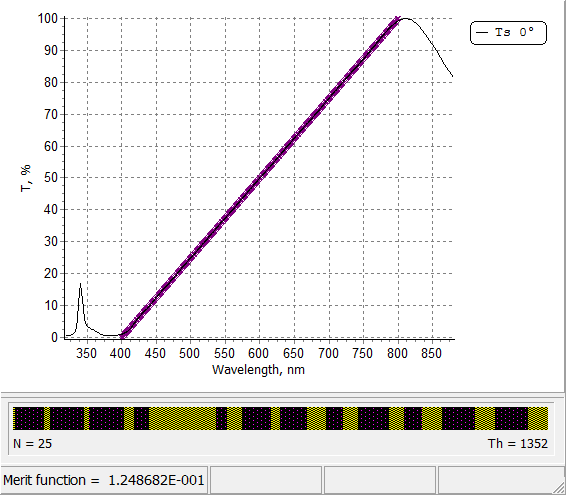
Fig. 1. Demonstration of designing a RAMP coating using needle optimization algorithm. Put the mouse on and out of the plot to see the animation. |
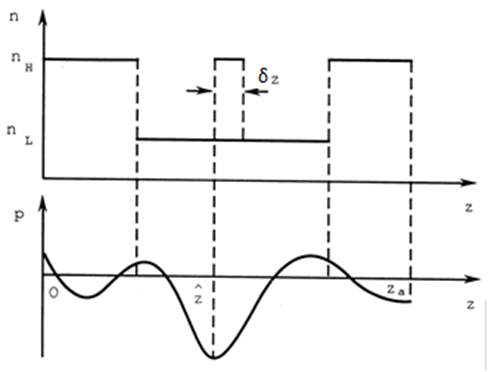
Fig. 2. Refractive index profile, \(P\)-function and needle variation. |
Mathematically, any refractive index profiles can be represented as a function \(n(z)\), which is a dependence of the refractive index on the coating coordinate (Fig. 2).
Needle optimization algorithm introduces into consideration some new physical effects in multilayers by insertion new design layers, which are equivalent to variations of the refractive index profile (Fig. 2). These variations are referred to as needle variations. If new layers are inserted in proper places, then new interference effects associated with these layers improve the correspondence between actual and target spectral characteristics.
|
| The determination of proper places for needle variations is based on rigorous complicated mathematical considerations (if you are interested, you can find the details in the book that can be free downloaded from our website).
OptiLayer calculates the proper places automatically and then optimizes the layer thicknesses in the most effective way. Due to some reasons, it may be required to define such places manually. This can be done through Needle Optimization (manual mode). |
In a simplified representation, a so-called \(P\)-function is calculated (Fig. 2). The merit function can be presented as:
\[\delta MF=P(n_k,z)\cdot\delta z+o(\delta z) \qquad\; (1)\] An appropriate place for a needle variation corresponds to \(z-\) point where \(P\)-function takes its most negative value. |
| After insertion of the new layer(s), the structure is optimized with respect to layer thicknesses (Refinement).
General schematic of the needle optimization algorithm is shown in Fig. 3. When the number of coating materials exceeds two, an optimal material is chosen among all materials automatically in the most optimal way. At the Refinement step, the same optimization methods are used (Fig. 4). Unparalleled computation capability and outstanding efficiency of the Needle Optimization algorithm is due to unique know-how of OptiLayer.
|
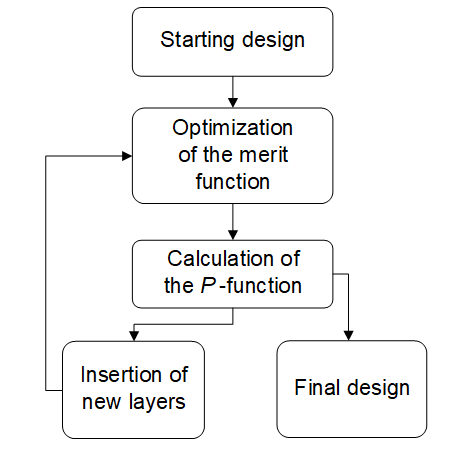
Fig. 3. Schematic of the needle optimization algorithm. |
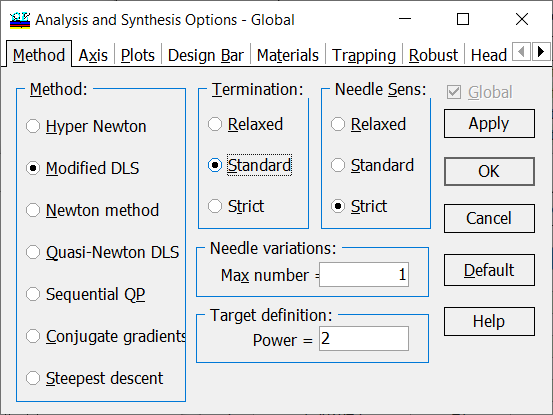
Fig. 4. Settings of parameters of optimization algorithms. |
Advanced fine tuning of the needle optimization settings can be performed in
Synthesis –> Options –> Method tab These settings allows you to choose:
|
| Two more animations are shown in Figs. 5 and 6: a broadband beamsplitter and a two-line filter. | |
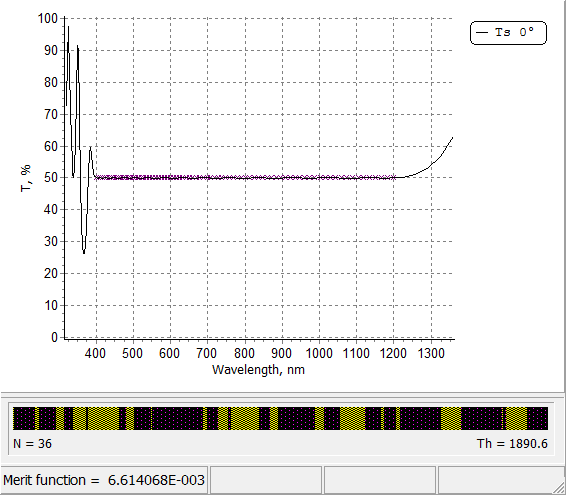
Fig. 5. Design of a broadband bemsplitter (put the mouse on and out of the picture) |
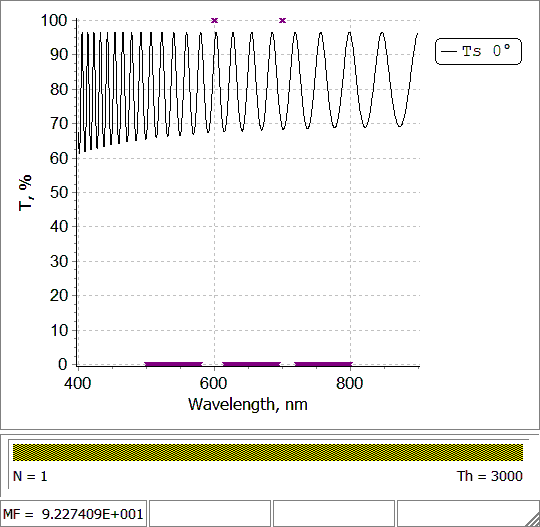
Fig. 6. Design of a two-line filter (put the mouse on and out of the picture) |
|
See also our videos at YourTube |
|
References:
|
|
Look our video examples at YouTube
OptiLayer videos are available here:
Overview of Design/Analysis options of OptiLayer and overview of Characterization/Reverse Engineering options.
The videos were presented at the joint Agilent/OptiLayer webinar.